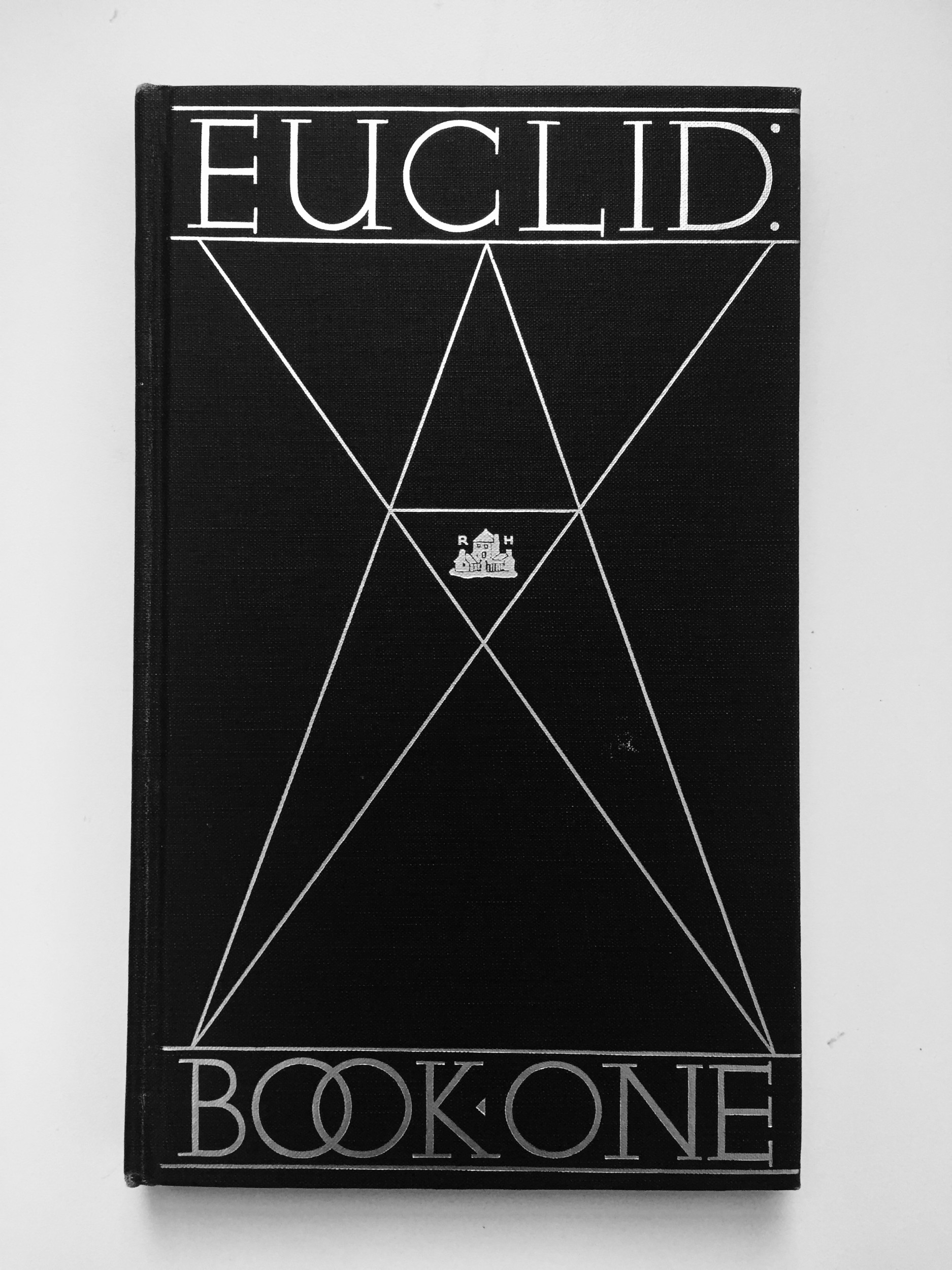In celebration of Women’s History Month, March Object of the Day posts highlight women designers in the collection. A 1954 article in Women’s Wear Daily announced the arrival of Patricia Smith’s novel jewelry designs, noting, “highly colored, glamorized nuts, screws, bolts and other industrial products make unusual anodized aluminum jewelry by the new firm of...
Small and charming, this dance purse epitomizes both radical changes regarding women’s independence as well as the Art Deco style. The 1920s saw a shift in women’s behavior as they gained freedom after attaining the right to vote and the ability to become self-reliant, holding jobs and earning their own income. This freedom saw women...
Stage designs occupy a unique place among Cooper Hewitt’s diverse holdings of works on paper. Unlike architectural fantasies or unrealized buildings, the intentional ephemerality of theater designs means that set designs, photographs, and models are often the only artifacts that remain to document these temporary spaces. The museum’s collection of stage designs spans the 17th...
At first glance, this graphic field of squares looks almost like an abstract painting. Although this advertisement targeted scientists, designer Elaine Lustig Cohen captures the attention of laypeople and experts alike. Created in 1958 for the oilfield services company Schulberger, the ad promotes the company’s Sonic Log, a device for the identification of soil properties....
In 1975, Takenobu Igarashi created the poster “Graphic Designers on the West Coast” to promote a publication that introduced American graphic designers from the West Coast to Japanese audiences. Igarashi’s simple composition is enhanced by the sculptural, three dimensional quality of letterforms that playfully refer the initials of the designers’ names featured in the book....
Written by Gretchen Von Koenig Elements of Geometry by Euclid is one of the most printed books in the world, second only to the Bible. A critical subject for any branch of mathematics, Euclid’s Elements is a timeless book and certainly an ideal project for Bruce Rogers, one of the most prolific American book and...
One would not have thought that “fragment” and “porcelain” could co-exist as happily as they do in this teapot, from Marek Cecula’s “Fragment Series”. Why fragment? Cecula (born Poland, 1944, working in New York) writes that, in creating the “Fragment Series”, he wanted to “substitute conventional functionality into a utilitarian sculpture.” In this sense, the...
This desk by Paul Frankl is an example of American streamlined furniture of the 1930s. Frankl trained as an architect in Germany and Austria before settling in New York in 1914, as a decorator and designer. He created geometric furniture designs for Frankl Galleries in Manhattan. Frankl’s design philosophy centered on designing for the future,...
Although the name may be unfamiliar to some, American textile designer Angelo Testa (American, 1921–1984) made an important contribution to 20th century textile design. As the very first graduate of the Institute of Design in Chicago, Testa was at the vanguard of the “New Bauhaus”, alongside Lazlo Moholy Nagy, Marli Ehrman and George Fred Keck....








